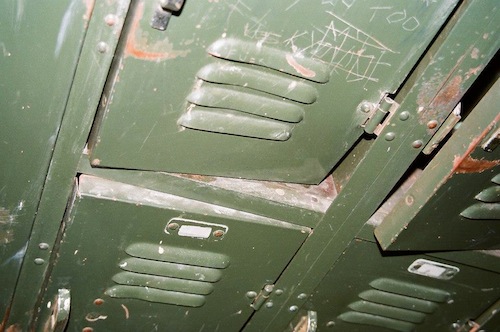Related Stories
| Jul 10, 2014
EPA seeking public comments on site contamination rules
The Environmental Protection Agency (EPA) is accepting public comment on its proposal to eliminate the dual standard for compliance with rules pertaining to testing of land that may have been contaminated by chemical pollution.
| Jul 10, 2014
Southern California city considers new water fee for developers
A persistent drought in Southern California could lead to a water fee for new construction projects in Ventura.
| Jul 1, 2014
$1 billion master planned development in California clears key hurdle
Plans for a new section of the proposed $1 billion La Entrada master-planned community in Coachella, Calif., moved ahead after the developer and city council agreed that the plan would include 500 affordable housing units.
| Jul 1, 2014
Dept. of Labor reaches settlement for $5 million in back wages for workers on federally assisted project
The U.S. Department of Labor and MDG Design & Construction LLC have reached a settlement over wage violations at the federally-assisted 26-story Grand Street Guild rehab project in New York City’s Lower East Side.
| Jul 1, 2014
GSA, Homeland Security research leads to performance-based design guide
The National Performance Based Design Guide, based on research and development supported by the Science & Technology Directorate of the Department of Homeland Security and the Public Buildings Service of the General Services Administration, is now available.
| Jul 1, 2014
FEMA grant helps fund school theater that will double as tornado safe room
Scott City School District in Missouri recently broke ground on an 8,990-sf performing arts theater that will also function as a tornado safe room.
| Jun 30, 2014
Research finds continued growth of design-build throughout United States
New research findings indicate that for the first time more than half of projects above $10 million are being completed through design-build project delivery.
| Jun 26, 2014
Canadian groups combine forces to support EPD program for LEED v4
The Canadian Standards Association (CSA) Group and the Canada Green Building Council (CaGBC) will collaborate to support LEED v4 and CSA Group’s Environmental Product Declaration (EPD) program.
| Jun 26, 2014
Ohio is first state to roll back renewable energy standards
Ohio became the nation’s first state to roll back renewable energy standards after the state House of Representatives passed Senate Bill 310 and Gov. John Kasich recently signed the measure.
| Jun 26, 2014
Walkable areas lead to higher rents for developers
New research from a George Washington University research group and LOCUS, a coalition of real estate investors that's part of Smart Growth America,says that offices in “Walkable Urban Places (WalkUPs)” bring developers 74% more rent per square foot.















